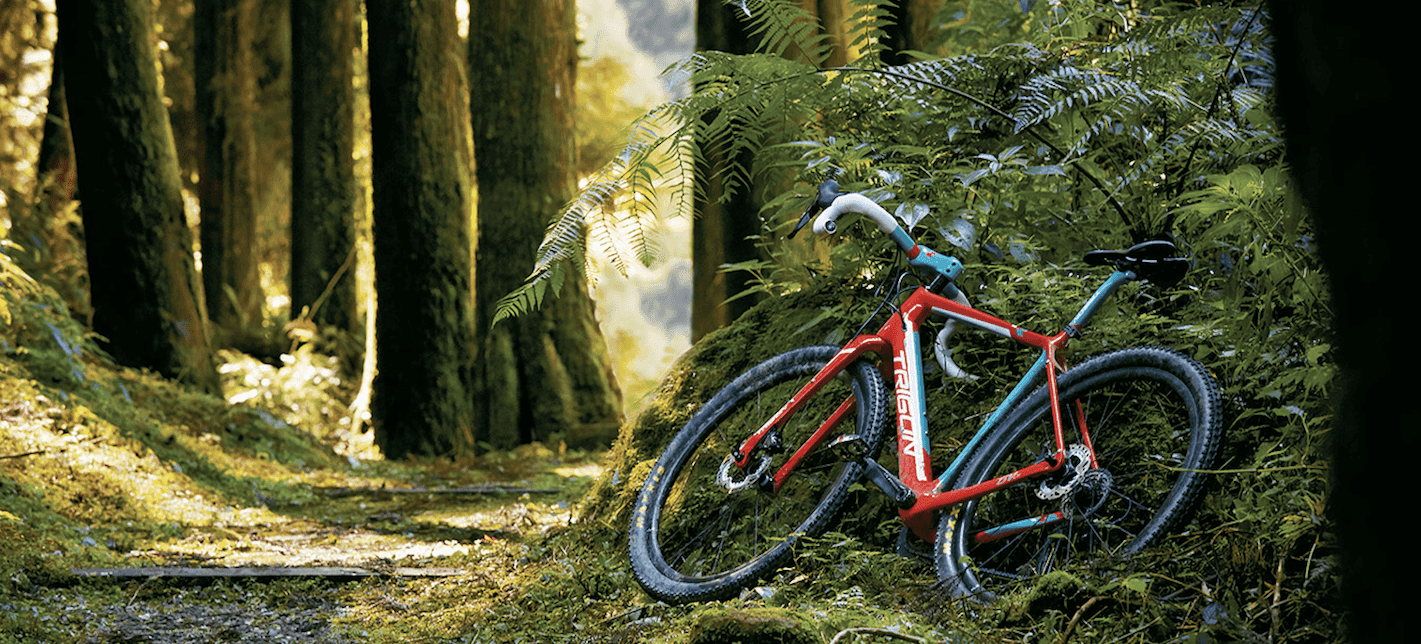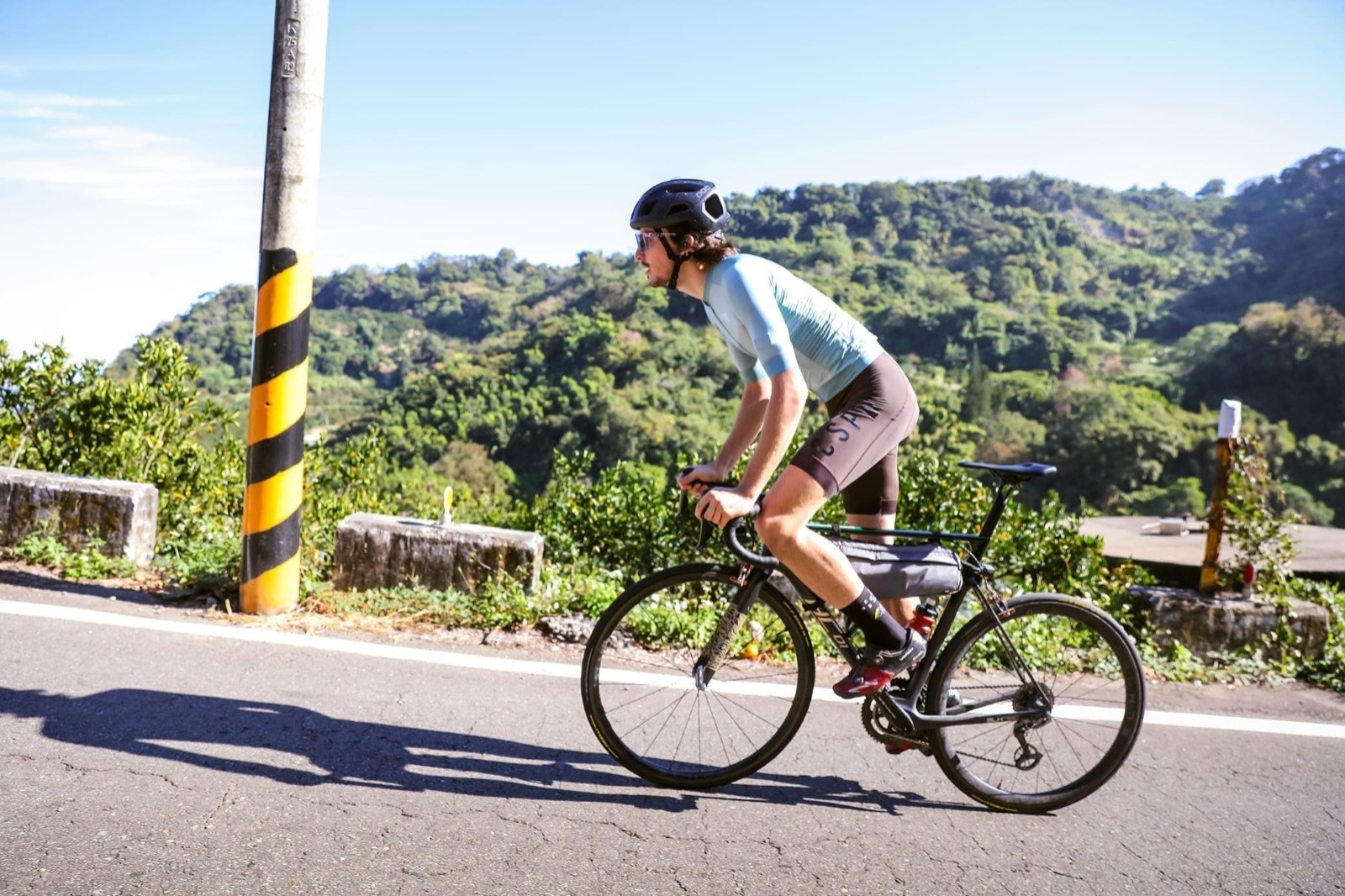Racing Bike 101: Choose the Right Bike for Race

If you go to a bike store, you’ll see a vast array of bikes lined up, all looking bright, shiny, and new. They won’t all be the same, though. Some will be road bikes, others will be gravel bikes, and some will be solely for intense downhill courses through muddy forests.
If you want to go fast, though, and achieve competitive times, you’ll need a proper road racing bike. But what are road racing bikes? And how do you choose the right one for you? Let’s find out.
What Is A Road Racing Bike?
Being really nit-picky, you could argue that many different types of bikes fall under the category of racing bikes. Cross-country steeds, for instance, aren’t suitable for shredding your local trails every weekend, but they will serve you well at competitive off-road events.
However, in the world of cycling, the term “road racing bike” always refers to road bikes with some subtle modifications to make you go faster.
The basic features of a racing bike include:
- ● A steep 73-75° seat tube angle and 71-75° headtube angle
- ● Shorter chainstays
- ● Aggressive drop bars
- ● Long reach and Short Stack
- ● Larger front chainring for high top speed (or compact ration for climbing races)
Road racing bike s are bikes, too. Soyou can use road racing bikes for commuting. However, you should be prepared for the aggresive riding position.
Tips: you might want to know how to do hill climbing on a bike
Components Of Road Racing Bikes
Road racing bike manufacturers try to make their bikes as lightweight as possible. For this reason, frames and wheel rims are often made of carbon fiber instead of, steel or alloy and bikes incorporate other high-tech features, including different composites, airfoil tube shape, wind-tunnel testing and ergonomics in design.
In addition, more and more pro-riders are also choosing to use disc brakes instead of classic side-pull caliper rim brakes. Although disc brake bikes are usually heavior then rim brake bikes, but the braking performance is better in descent and, of course, in rains.
In terms of personality, road racing bikes are like race cars – highly tuned pieces of equipment, designed for going as fast as possible and usually you will train on road racing bike with lots of distance and harder than normal cycling. So the maintainence for road racing bikes is imporatant and need to be more frenqunetley. Fine-tuning and maintainess will deal a lot at races.
5 Rules for Choosing the Right Bike for Race
Choosing the road right racing bike for you depends on a number of factors, including your preferred riding position, budget, and style.
Choose A Groupset Suitable For The Type Of Races You Want To Compete In
Swapping out one groupset and replacing it with another is a major hassle. It’s not something that you want to be doing every weekend. Therefore, it’s a good idea to choose suitable chainrings, cranks, and cassettes for the types of races you will enter.
In the past, almost all road bikes were 10-speed. They had two large chainrings at the front and five sprockets at the back. The number of gears, though, has evolved over time. Now riders have a choice of many different setups, depending on their riding style. Many bikes now offer two chainrings at the front, and then 12 cogs at the back.
Having bigger chainrings at the front is good for higher top-end speed. With these, you can take advantage of downward-sloping terrain on the racecourse. Likewise, if you are a climber, then you can choose the groupset with more compact ratios, such as, SHIMANO 50/34T with 11-34T or Sram 46/33T with 10-33T.
Pick Your Brake Type
In the past, road bikes used side-pull caliper brakes. These worked by placing rubber stoppers in contact with the wheel rim, creating friction that brought the bike to a halt.
These systems were lightweight. However, during wet conditions, performance was poor. Furthermore, manufacturers had to design rims with brakes in mind, forcing them to make engineering compromises.
To deal with these issues, some bike makers started putting disc brakes on racing bikes. Despite the extra weight, more and more cyclists preferred them, due to greater braking control, and because the braking surface is not on the rims any more, so the manufacturers have more ability to use different composit and different engineering idea to make the wheelsl with more aerodynamic.
There is no right anwser, which you choose is entirely up to you. Rim brakes are normally lighter with more affordable prices, while disc brakes with greater braking performance and seems to dominate the high-end models.
Choose Aluminum Or Carbon Fiber Wheels
Almost all road bikes come with 700c wheels, either made of carbon fiber or aluminum. Both materials are fit for purpose and offer high performance. However, there are some subtle differences between them.
Carbon wheelsets are normally lighter, stiffer than comparable aluminum wheelsets, and due to the carbon fiber can be formed into shapes with more aerodynamic, so a lots of pro cyclists choose carbon wheelset.
However, some cyclists prefer aluminum wheelsets, becasue of the aluminum wheelsets are more durable. If you are on a rim-brake bike, aluminum rims offer a superior surface for caliper brakes, too. Friction between brake pad rubber and aluminum tends to be higher than for carbon fiber.
Price is also a consideration. Aluminum wheelsets are cheaper than carbon wheelsets
With that said, carbon wheelsets are significantly lighter than aluminum wheelsets. Furthermore, many have aerodynamic designs that reduce air resistance at high speeds, improving top-end and cruising performance. Therefore, spending more may let you go faster.
Choose The Right Tires
Road racing bikes was with 23c narrow tires to reduce rolling resistance and improve aerodynamics. However, now, more and more cyclists prefer to use 25c and 28c tires and even to use 32c tires for better grip, stability and comfort.
There are a lots of different features of bike tires, optimize puncture resistance, grip, weight and materials.
Lots of pro-cyclists choosing differnet tires in order to deal with different race condition, so it’s always a good idea to keep different tires in your garage.
Ensure the Racing Bike is the Right Size
Road bike and road racing bike brands usually offer five frame sizes: XS, S, M, L, and XL. Some brands also offer female category sizes with smaller size and different geomerty. Frame sizes correspond to the length of the seat tube and top tube or the length of reach and stack. The longer these components are, the taller the intended rider. Due to anatomical differences, women’s racing bike top tubes tend to be shorter than men’s.
Finding the right frame size for you can be also straightforward or complicated. To go the easy way to pick a road bike, most brands offer sizes based on rider height. You can also check that your in-seam length (the distance from your crotch to the bottom of your feet), and reach length are suitable, according to the frames’ geometry.
If you want to pick a road racing bike and even go more professional. You will need to consider more features, from the basic reach and stack to top tube and seat tube angle, BB drop, trail, etc.. and also the size of stem and dropbar. To get a proper body fitting report is always a good idea before geting a road racing bike.
Differences between the TRIGON Racing Bikes: RC1-D and HC01-D
The RC1-D and HCO1-D are both raod bikes but TRIGON designed them for different situations. The RC1-D is our classic road bike for entry to pro level use, suitable for daily cycyling, training and also racing while the HC01-D is like a road racing bike, which mainly design for hill climbing.
You can see the differences between the two bikes in terms of their geometry. The HC01-D geometry is better for climbing, and also the tube is more aerodynamic than RC1-D, with lighter weight and higer stiffness. So HC01-D is more suitable for climbers or compete in a race than RC1-D.
HC01-D assembly with BLKTC lightweight road drop bar and stem, significantly make the complete bike weight more lighter.
Wheelsets differ between the two bikes. The RC1-D comes with the Fulcrum Racing 5 DB. These are good for daily using and training. The HC01-D comes with Fulcrum Zero wheelset, praised for their sturdiness and high precision and aslo has good performance in climbing and racing.
Furthermore, the HC01-D uses Continental Grand Prix 5000 tires. These use the brand’s legendary BlackChili compound, designed to increase grip, speed, and mileage in a single product – ideal for undulating terrain. By contrast, the RC1-D comes with Continental Ultra Sport 2 which features a lost-lasting silica-based tread for reliable handling and longer mileage.
Both bikes are equipped with the San Marco Aspide Open-Fit Dynamic saddle and both use Shimano’s ULTEGRA Group Set (50-34T/11-32T).



